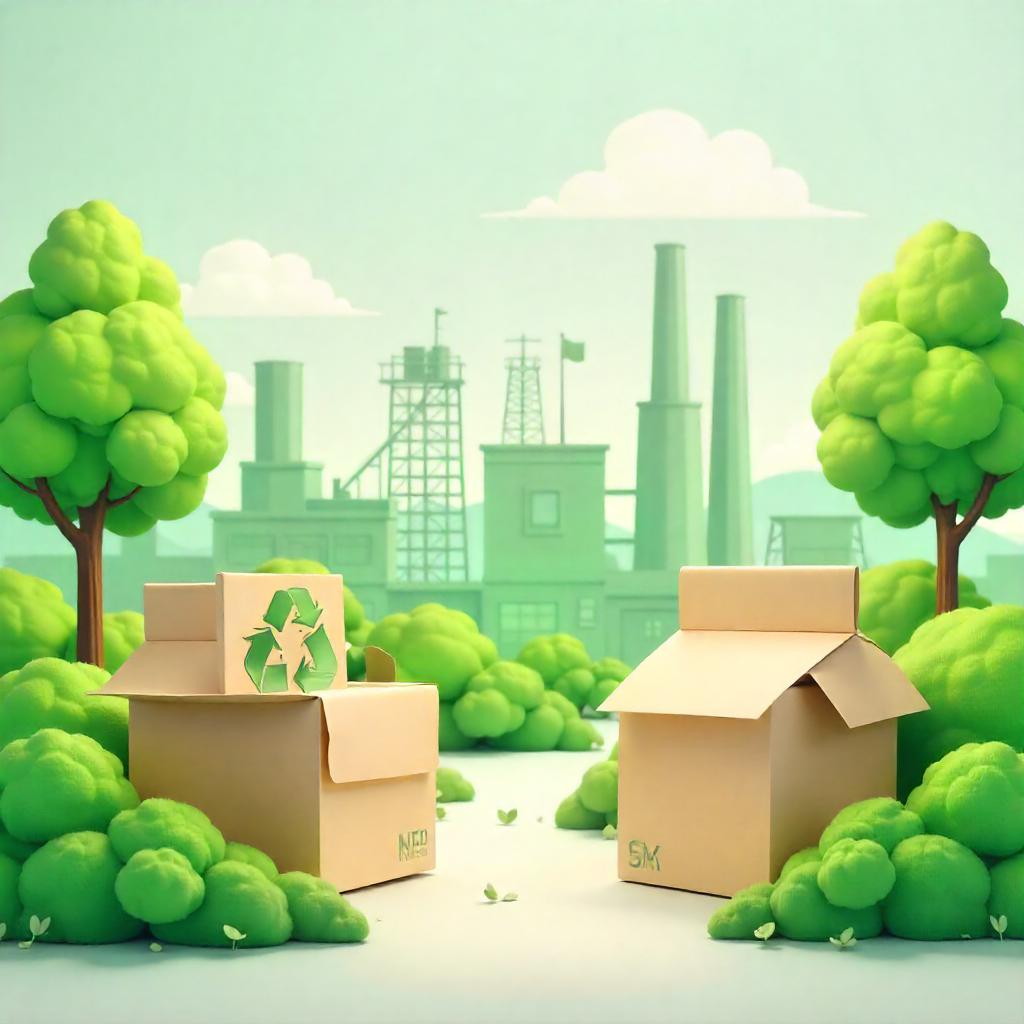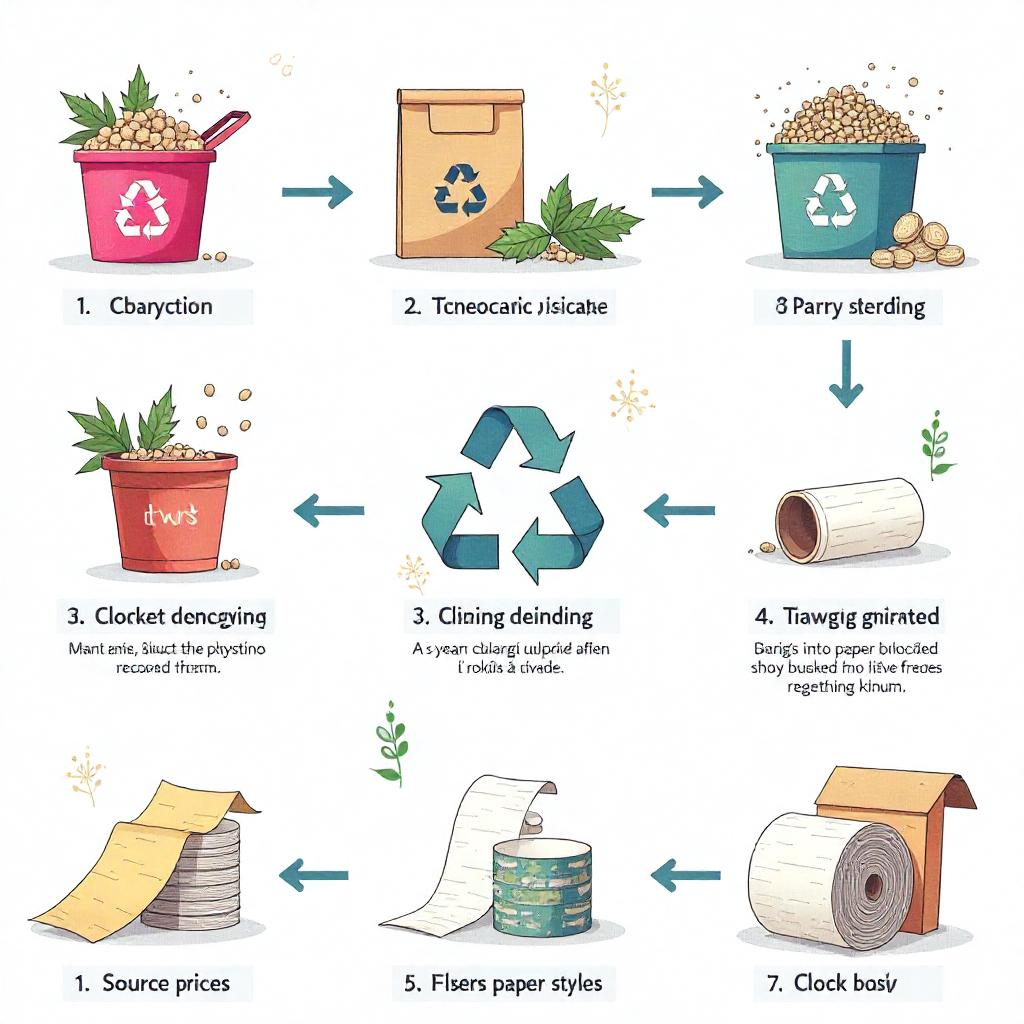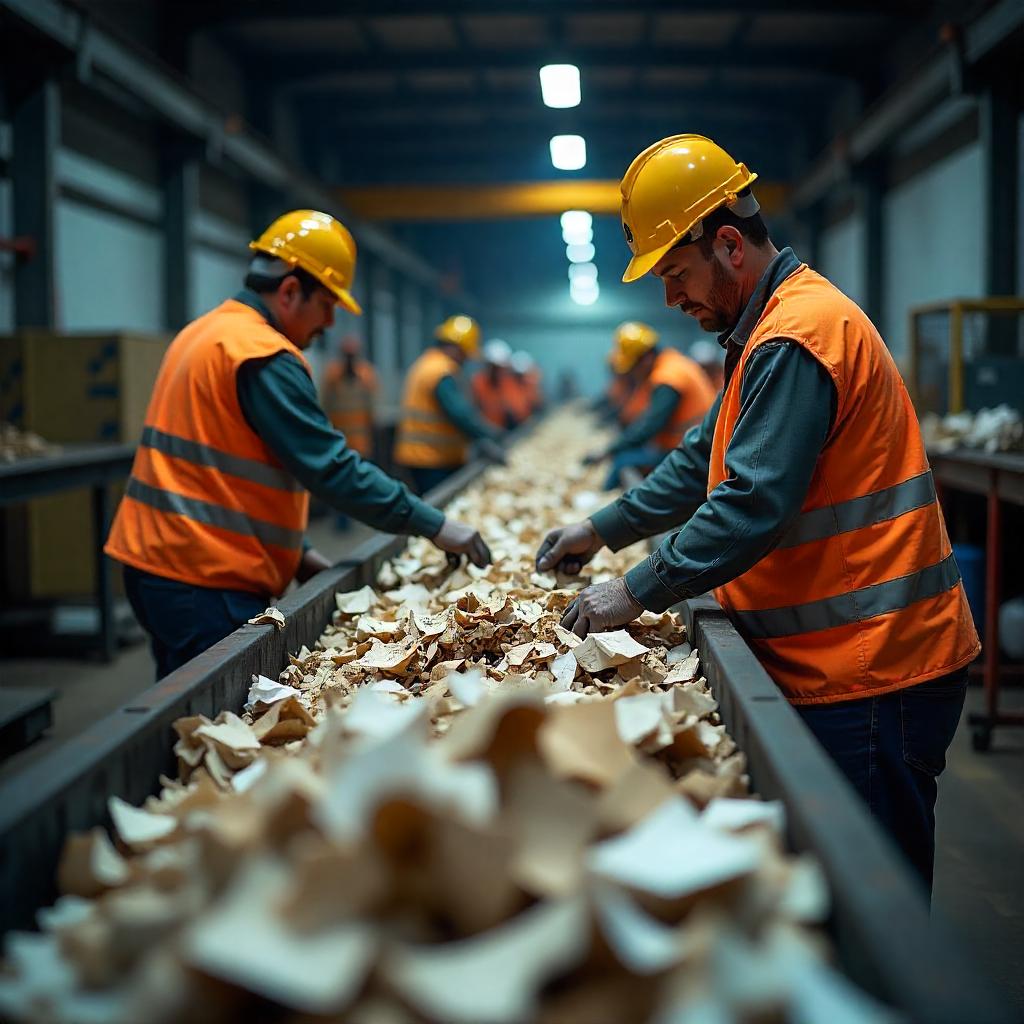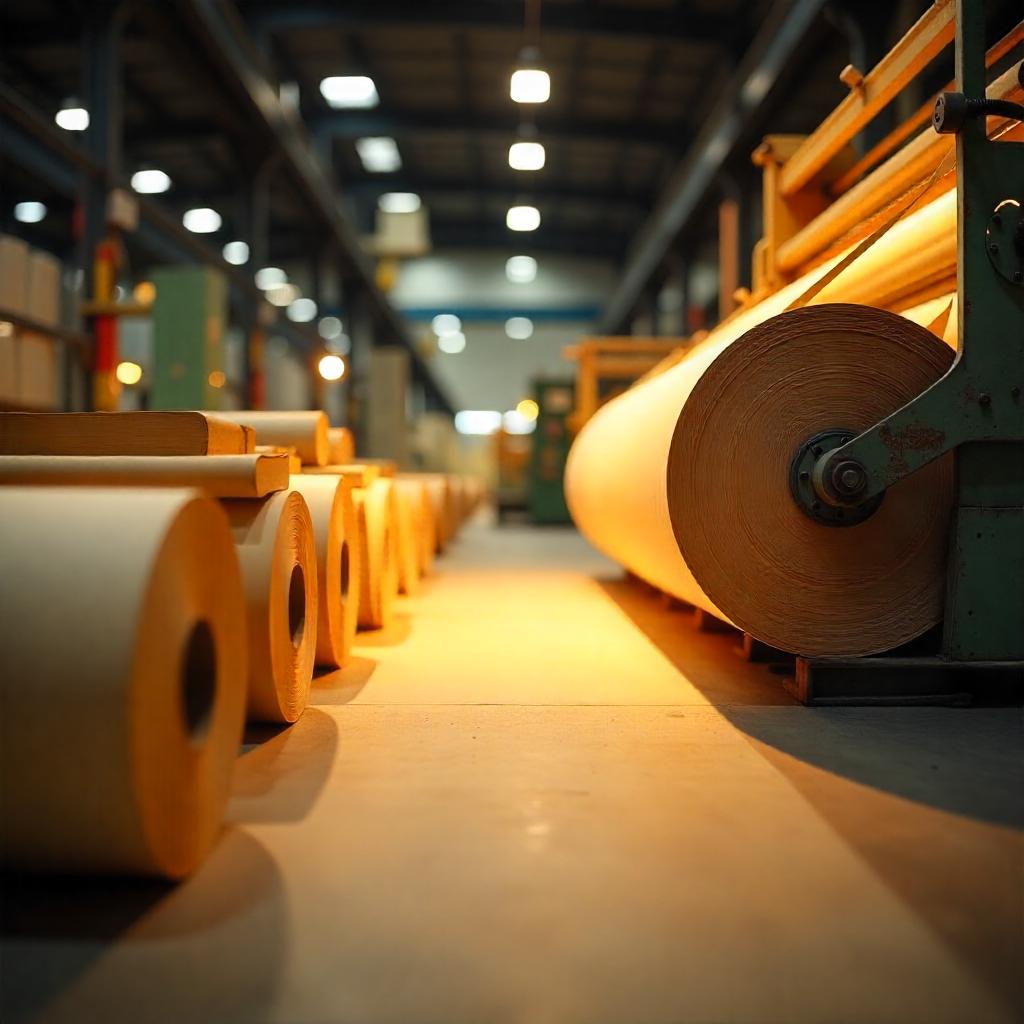Paper Recycling & Its Environmental Impact: What to Know

Introduction
In an age where sustainability and environmental responsibility are more important than ever, paper recycling stands out as one of the simplest and most effective ways to reduce our ecological footprint. Every sheet of recycled paper saves natural resources, energy, and reduces pollution, making it a vital component of global sustainability efforts.
This blog explores the process of paper recycling, its environmental benefits, challenges, and the role businesses and individuals play in creating a circular economy. Whether you are a manufacturer, a consumer, or a sustainability enthusiast, understanding the impact of paper recycling can help drive more informed and eco-conscious choices.
What is Paper Recycling?
Paper recycling is the process of recovering used paper and converting it into new paper products. The process typically involves:
- Collection and Sorting: Waste paper is gathered from homes, offices, and industries and sorted based on type and grade.
- Shredding and Pulping: The sorted paper is shredded and mixed with water to form a pulp.
- De-inking and Cleaning: Ink, adhesives, and contaminants are removed from the pulp.
- Refining and Drying: The clean pulp is pressed, dried, and rolled into new paper products.
This closed-loop system allows paper to be recycled up to 5-7 times before the fibers become too short for reuse.

Environmental Benefits of Paper Recycling
- Saves Trees and Forests
Recycling one ton of paper saves approximately 17 trees. By reusing paper, we reduce the need to harvest virgin timber, which helps preserve biodiversity and natural habitats. - Reduces Landfill Waste
Paper accounts for a significant portion of municipal waste. Recycling diverts this waste from landfills, where it would otherwise decompose and release methane—a potent greenhouse gas. - Conserves Water and Energy
Producing paper from recycled pulp uses 40% less energy and up to 70% less water compared to making paper from raw wood. - Lowers Greenhouse Gas Emissions
Less energy usage means fewer carbon emissions. Recycling paper helps lower the overall carbon footprint of the paper industry. - Reduces Pollution
Recycling creates less air and water pollution than manufacturing new paper. It cuts down on toxic chemicals used in pulping and bleaching processes.
Economic Impact of Paper Recycling
Paper recycling also offers economic advantages:
- Creates Jobs: The recycling industry supports thousands of jobs worldwide—from collection and sorting to processing and manufacturing.
- Cost Savings: Businesses can reduce waste disposal costs and save money by reusing recycled materials.
- Raw Material Availability: Recycled paper provides a sustainable and stable source of raw materials, reducing dependency on virgin pulp.

Challenges in Paper Recycling
Despite its benefits, paper recycling is not without challenges:
- Contamination
Contaminants like food, plastic coatings, or grease can degrade the quality of recycled paper and make it unsuitable for reuse. - Quality Degradation
Paper fibers shorten with each recycling cycle, eventually becoming too weak to make new paper products. - Collection and Sorting
Inefficient waste collection systems or improper sorting can limit the quantity and quality of recyclable paper. - Market Demand
The market demand for recycled paper fluctuates. In some cases, virgin paper may be cheaper due to market dynamics, affecting recycling rates.
Types of Paper That Can Be Recycled
Most paper products can be recycled, including:
- Newspapers and magazines
- Office and printer paper
- Cardboard and cartons
- Paper packaging and bags
- However, some items are non-recyclable:
- Wax-coated or laminated paper
- Soiled paper plates or napkins
- Thermal receipts

Paper Recycling at Dev Priya Products
At Dev Priya Products, sustainability is at the heart of our operations. We utilize state-of-the-art recycling processes to produce high-quality paper products from post-consumer and post-industrial waste. Our commitment to eco-friendly manufacturing not only helps preserve the environment but also supports India’s growing demand for sustainable materials.
To learn more about our products and processes, visit our official website.
How You Can Support Paper Recycling
- Reduce Paper Usage
Go digital whenever possible. Use both sides of the paper and avoid printing unnecessarily. - Proper Waste Segregation
Separate paper waste from wet or non-recyclable waste to improve recycling efficiency. - Buy Recycled Products
Support businesses that use recycled paper products. Look for certifications like FSC or recycled content labels. - Educate and Advocate
Spread awareness about the importance of paper recycling. Encourage friends, family, and colleagues to adopt sustainable habits.

The Future of Paper Recycling
As technology evolves and awareness grows, the future of paper recycling looks promising. Some emerging trends include:
- Advanced Sorting Technologies: AI and automation are improving sorting accuracy and efficiency.
- Eco-Innovations: Development of stronger, more versatile recycled paper materials.
- Government Policies: Stricter regulations are encouraging recycling and sustainable packaging.
External sources like Earth.org’s article on sustainable packaging highlight how recycled paper is transforming industries across the globe.
Conclusion
Paper recycling is a practical, impactful solution to many environmental challenges. It conserves resources, reduces pollution, and plays a vital role in the shift toward a circular economy. By supporting paper recycling, businesses and individuals can make a tangible difference in protecting our planet.
At Dev Priya Products, we’re proud to be part of this green revolution. From sourcing to processing, our practices reflect a strong commitment to sustainability and innovation. Join us in making the world a cleaner, greener place—one recycled sheet at a time.



